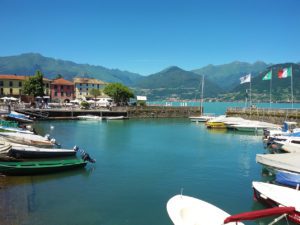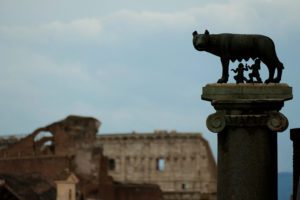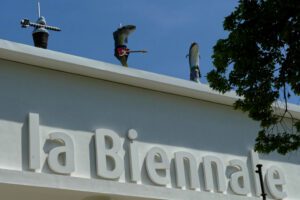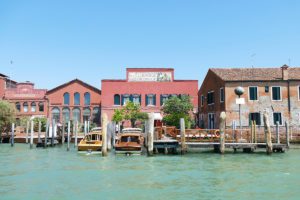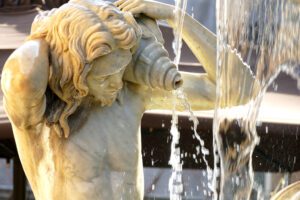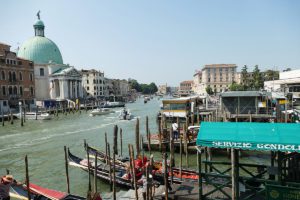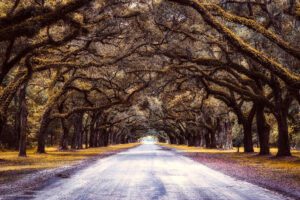If you are going on a day trip to Burano, the colorful gem in the Venetian lagoon, you should definitely spare an hour or two to cross the 150 meters to the island of Torcello. Here, a church, a bridge, and 15 permanent residents are awaiting you.

While the islands Murano and Burano are beautiful yet still not that very different from the main island, the so-called Centro Storico, Torcello is a whole different world with very few landmarks surrounded by meadows and fields.
Enjoy the silence.
Nevertheless, you can only appreciate the isle’s serenity if you beat the crowds. I crossed the lagoon from the Centro Storico to Murano at 9 o’clock in the morning. Although you cannot call this time the wee hours, there was a particularly peaceful and a bit surreal atmosphere. The air was still quite cool from the night and only a few people shared the vaporetto with me. Most of them were locals going to work. As I was waiting for the connecting vaporetto at Murano’s lighthouse, there were maybe three other passengers. Once in Burano, I was the only one taking the shuttle boat to Torcello.
The reason is that the island’s only landmarks are opening their gates only at 10.30 a.m. And honestly, apart from the basilica and the museum, there isn’t much to do than walking between fields and meadows.
I would recommend planning to spend about two hours on Torcello, a short break at a restaurant included. However, the shuttle boat from and to Burano goes every 15 minutes, hence, you don’t have to plan your stay too meticulously.
Glorious Past
As you stroll across the less than 0.5 square kilometers large island, it’s very difficult to imagine that Torcello gained importance as a center of politics and trade in the 7th century. Of all the important sacral buildings, today, only the Basilica of Santa Maria Assunta remains.
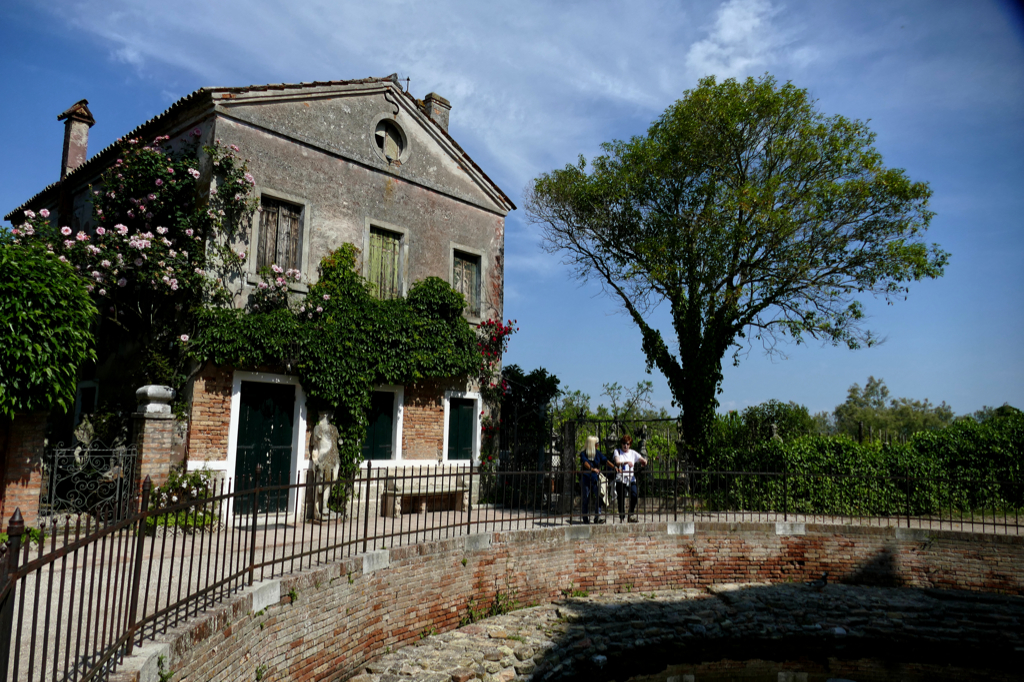
Yet, excavations exposed a village of wooden houses from the 10th and 11th centuries. The houses overlooked canals, and numerous furnaces indicate the production of glass. Amphorae with rests of olive oil and wine from the Mediterranean reveal trade with distant places. After all, back then, Torcello had about 20,000 inhabitants and was wealthier than Venice.
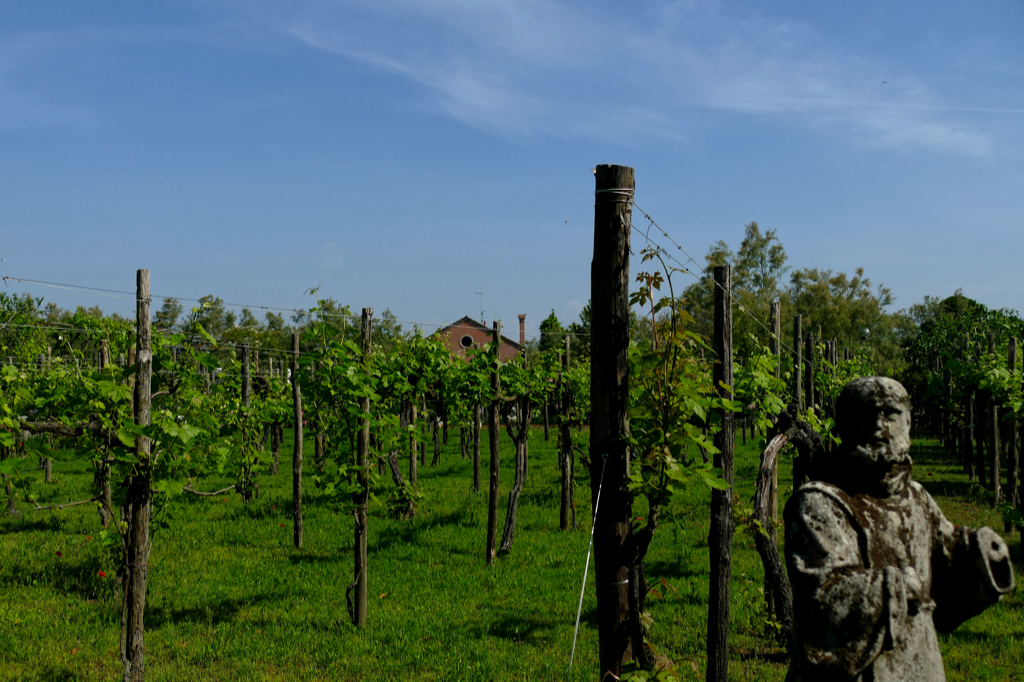
After the 12th century, this prosperous era ended, and the island lost its significance. The lagoon around Torcello swamped, and malaria epidemics became a constant threat. As many inhabitants left the island for Venice or Murano, they took everything valuable or even useful with them. Consequently, Torcello was almost completely demolished. Around 1860, there were only around 360 inhabitants left.
Today
Very little remains of the once magnificent buildings on Torcello. During the island’s heyday, there were twelve parishes and sixteen monasteries, albeit including other islands in the northern part of the lagoon. Today, all that’s left are the Basilica Santa Maria Assunta and the Church of Santa Fosca.

Also, there are two palazzi from the 14th century. They are housing the small museum of archeology.
Over the decades, Torcello’s population shrunk to an all-time low of 15 permanent residents.
Basilica of Santa Maria Assunta – Assumption of the Virgin Mary
The island owes its many visitors to the artistic and historical significance of the Basilica of Santa Maria Assunta. It was probably completed by the middle of the 11th century in the Byzantine style.
Interestingly, the church has an altar barrier, a so-called iconostasis. It is beautifully decorated with portraits of Mary and the twelve apostles.
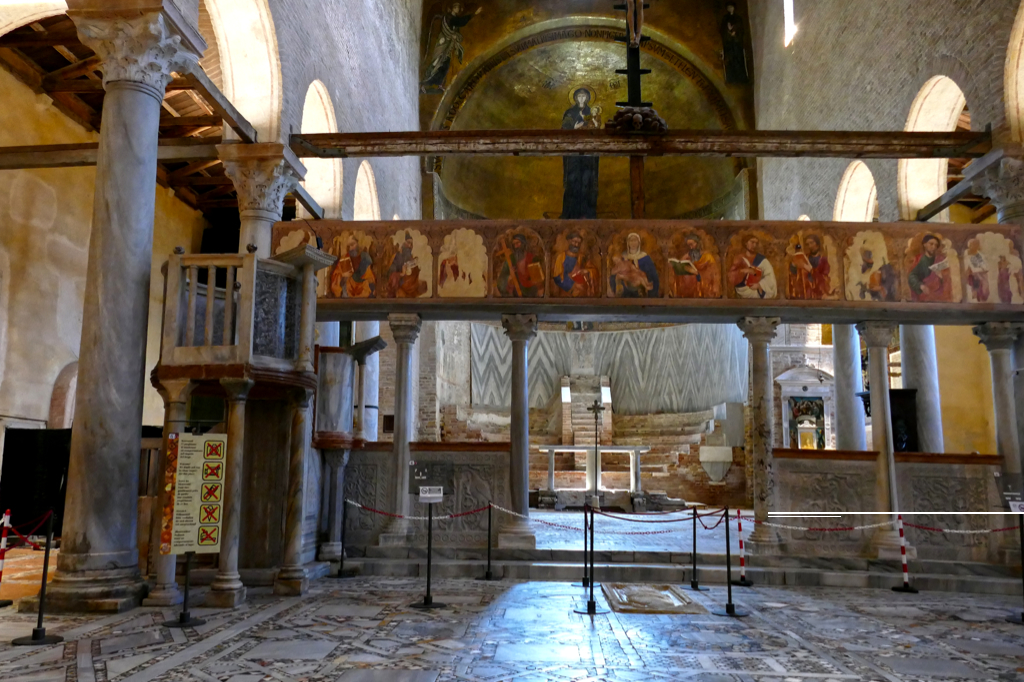
In the Orthodox churches of the Middle Ages, such barriers separated the sacred area around the altar from the congregational space. The Christian message was proclaimed to the parishioners from a pulpit on pillars located in front of the iconostasis.
Madonna Hodegetria
As a matter of fact, the mosaics of the church are its most valuable features. The central Madonna Hodegetria dates from the 12th or early 13th century. The artistic quality totally matches the mosaics inside Saint Mark’s Basilica in Venice. Actually, the mosaicists have made a big effort to depict the faces in great detail and to accentuate the folds of the robes.
Also, the two apses are decorated with amazing mosaics. The mosaic on the ceiling of the chapel to the right is the basilica’s oldest one. It shows four angels carrying a wreathed medallion with the lamb of God.
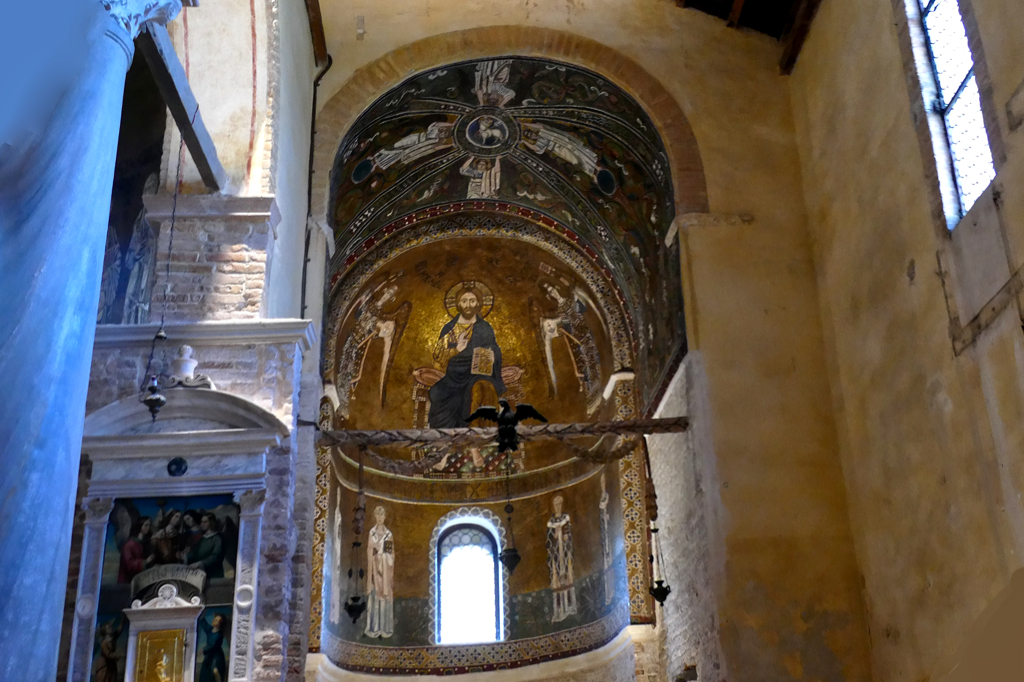
Below them, Christ is depicted in the gesture of the blessing redeemer. He’s sitting on a throne, flanked by the archangels Michael and Gabriel. Beneath them are the four scholars Gregory, Hieronymus, Augustine, and Ambrosius.
Last Judgment
Another two of the oldest works in the building are a holy water font and the so-called Peacock Panel. Both stem from the 11th century. The Peacock Panel is a marble relief with two peacocks pecking from a bowl. They symbolize the resurrection of Christ and the renewal of life.

Next to the main entrance is another monumental mosaic depicting the Last Judgment. It was created in the second half of the 12th century. In medieval churches, the Last Judgment was usually positioned on the west side where the sun sets. This way, when leaving the house of worship, the faithful were reminded of the last judgment as prophesied in the apocalypse of John.
The Basilica is open to touristy visits from Tuesday to Sunday between 10.30 a.m. and 5.30 p.m. from March to October and between 10 a.m. and 5 p.m. from November to February.
The general entrance fee is 6 €uros or 8 €uros with an audio guide. For 9 €uros, you’ll get a combi ticket including the museum.
Chiesa di Santa Fosca – Church of Santa Fosca
The Church of Santa Fosca stands right next to the Basilica of Santa Maria Assunta. According to the legend, the relics of the martyr Santa Fosca were brought to Torcello from the oasis of Sabrata in Libya around 1011.
The church shows the typical design of a Byzantine construction from the 11th century.
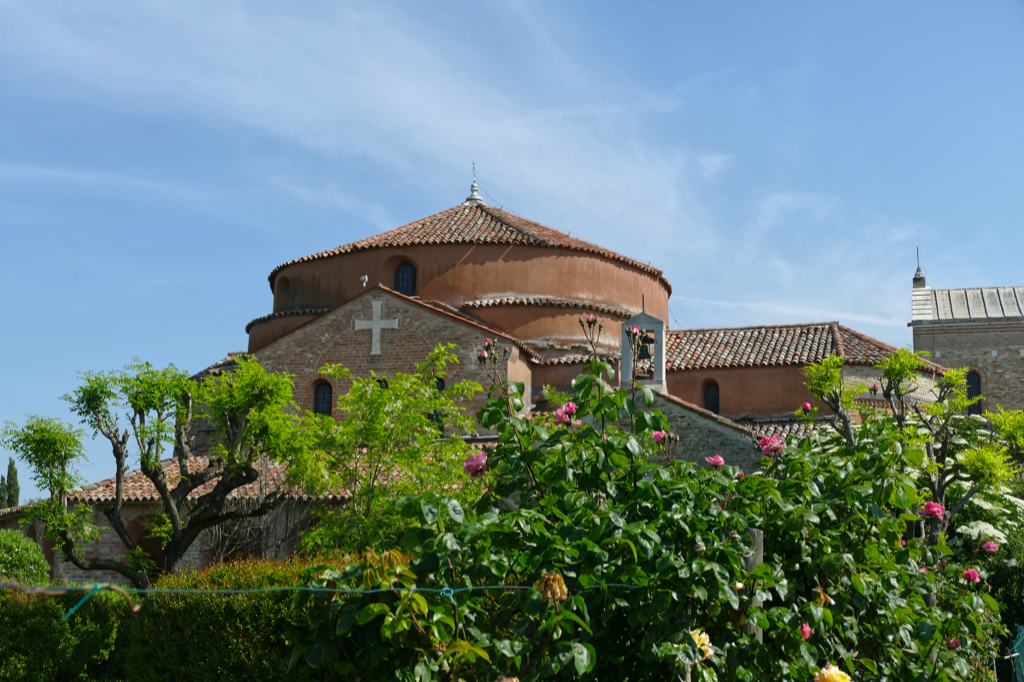
Santa Fosca is connected to Santa Maria Assunta by a 16th-century portico. Initially, it was planned to cover the church with a brick dome. After the collapse of the vaults of similar buildings, however, a wooden dome with tiles was preferred.
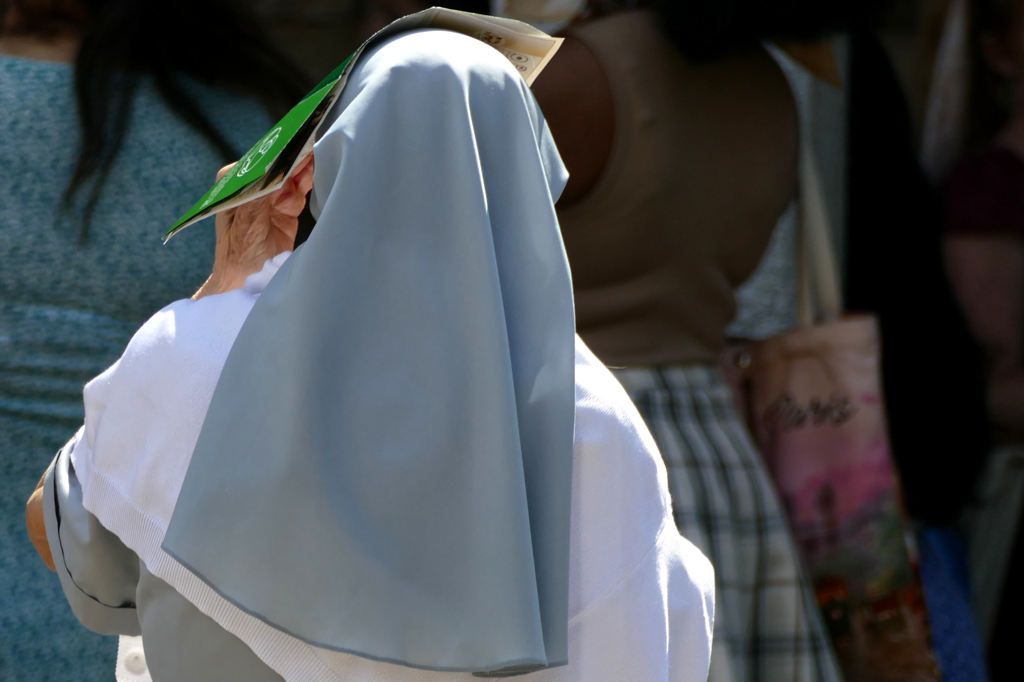
The early morning and early afternoon are good times to visit the church. Whereby in the afternoon, the sun’s rays shine through the windows of the apse and bathe the church in a mysterious light.
Museo Provinciale di Torcello – Provincial Museum of Torcello
Torcello’s museum was established at the Palazzo del Consiglio by Luigi Torelli, the prefect of Venice, in 1870. It houses a collection of pieces reflecting the history of the Venetian lagoon from private collections, archaeological finds, as well as handicrafts discovered in Torcello, the adjacent islands, and the neighboring mainland.
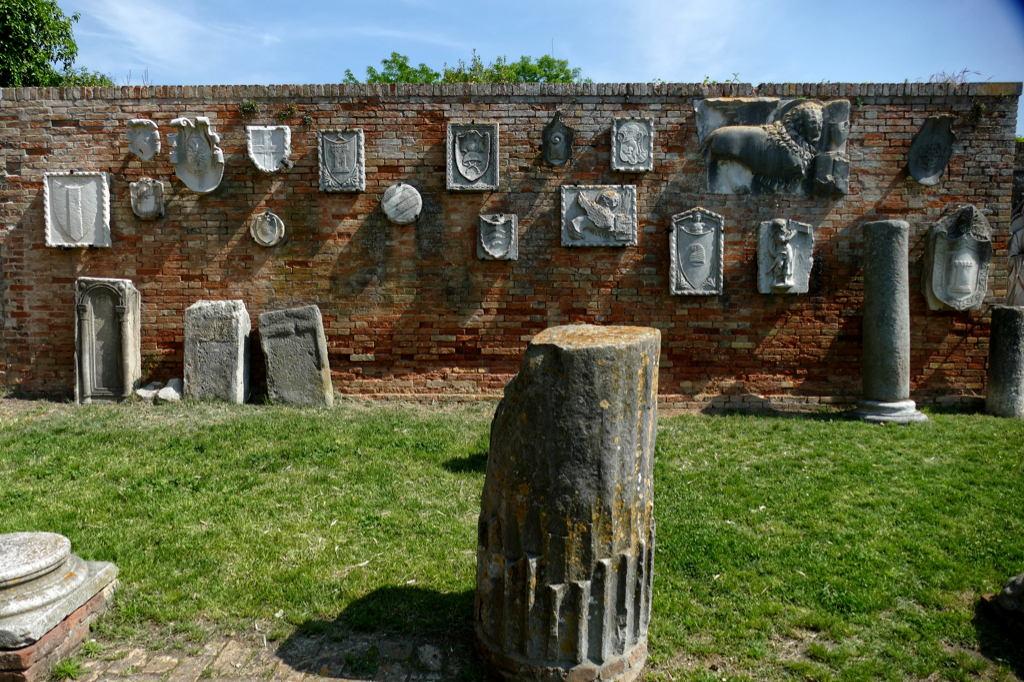
The museum is divided into two main sections: the archaeological finds in the Palazzo dell’Archivio and the medieval and modern sections in the Palazzo del Consiglio.
You can visit the museum from Tuesday to Sunday between 10.30 a.m. and 5.30 p.m. from March to October and between 10 a.m. and 5 p.m. from November to February.
The general entrance fee is 4 €uros. For 9 €uros, you’ll get a combi ticket including the Basilica and an audio guide.
Ponte del Diavolo – The Devil’s Bridge
The Ponte del Diavolo has all the features of an ancient Venetian bridge, however, it’s missing a parapet. Recent archaeological studies have confirmed that its construction dates back to the 15th century.
But why is it called the Devil’s Bridge? Well, as a matter of fact, today, this question cannot be answered with certainty. Some claim that Diavoli was the nickname of a local family. I personally prefer this legend:
During the Austrian hegemony in Venice, a young woman fell in love with an Austrian soldier. Her family did not tolerate this unpatriotic liaison and killed him. Somehow, there’s never a good outcome when families get involved.
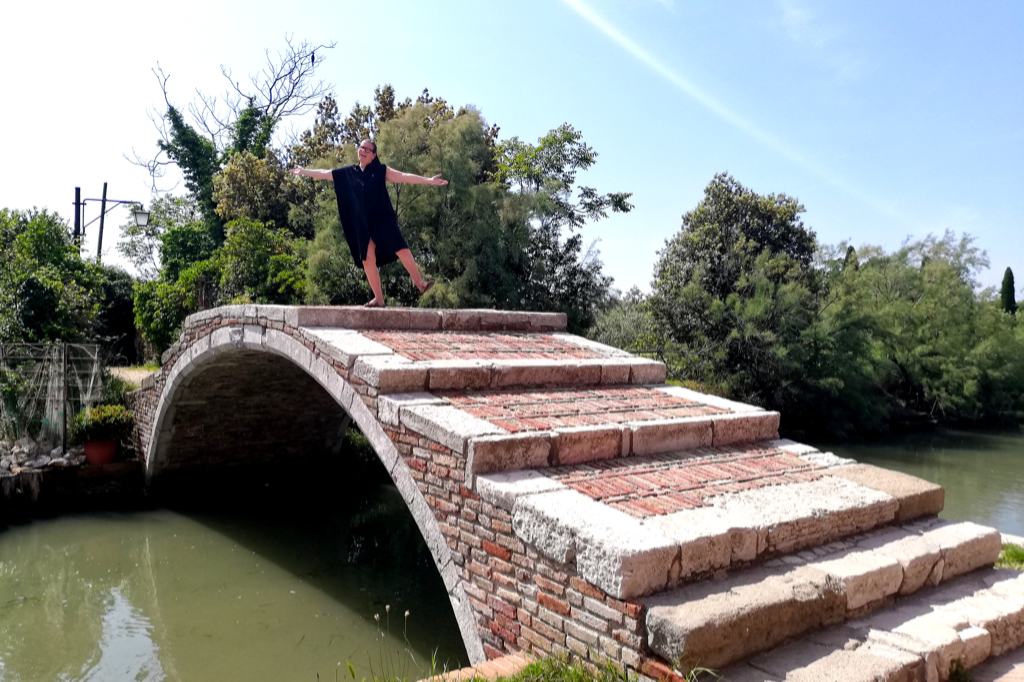
The desperate girl consulted a sorceress who ordered her to Torcello, a secluded isle and therefore perfect for some magic. The sorceress summoned the devil to the bridge. The devil made the Austrian reappear and the two lovebirds took off. End of story, happy finale.
Well, not so fast. As we all know, the devil does nothing for free, and the sorceress had promised him that for seven years, the night of Christmas Eve would bring him the soul of a child who had recently died. But shortly after, the witch died in a fire and therefore could not keep her promise.
Supposedly, to this date, each Christmas Eve, the devil comes to the bridge in the guise of a big black cat claiming the souls.
How to Get There And Around
Although the Centro Storico, the fish-shaped historic center of Venice can be reached and also explored by walking, this is not an option if you want to visit also the other islands scattered in the Venetian lagoon. There is a total of 120 isles of which only 11 are permanently inhabited. Those, you can reach only by boat.
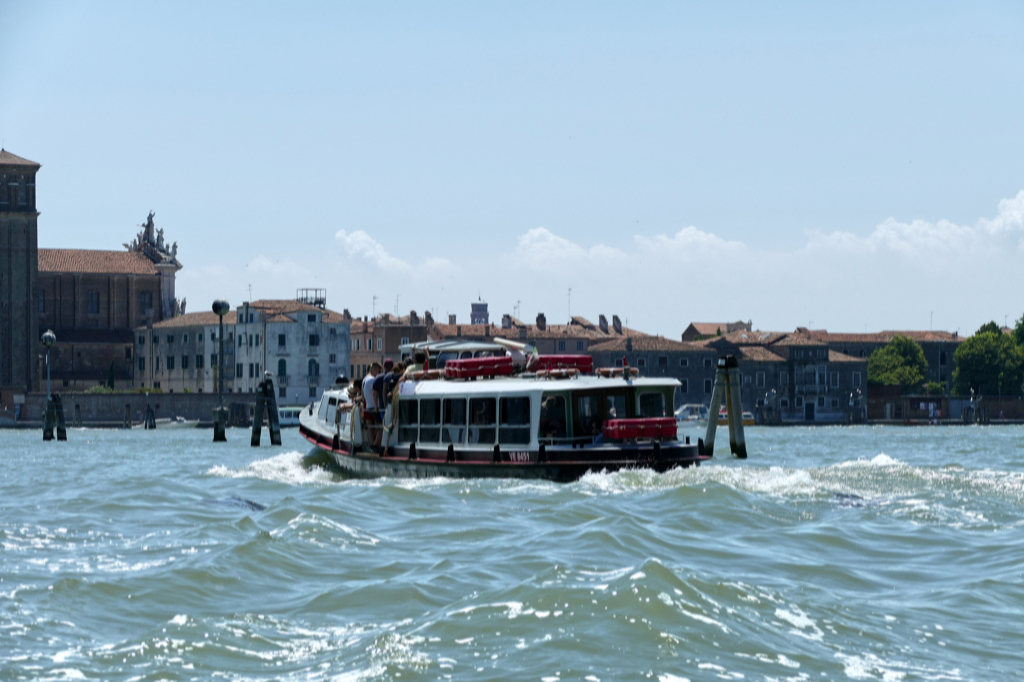
Fortunately, apart from public land transport, the ACTV transport company has also a comprehensive net of vaporetti, water buses taking you to any place in the lagoon on a regular schedule.
There is vaporetto line #12 going from the stop Fondamente Nove on the northern edge of the Centro Storico to Burano. It makes a stop at the lighthouse of Murano and goes in the early morning and late afternoon also to the island of Torcello. During the remaining time, there is the shuttle boat #9 travelling between Burano and Torcello every 15 minutes.
Once the regular vaporetti are suspended, there is a nightly connection by line NLN; hence, you never get stuck on any of the islands overnight.
ACTV has an excellent website and even an App for iOS and Android. To get an overview of your options, check out their very neat system map.
Which Ticket to Buy
While at 9.50 €uros, individual tickets are ridiculously expensive, there are travel passes that are actually not that bad. The more days you buy, the cheaper are your rides. Here is a chart on how much you pay for a day pass in 2024:
| 24 hours | 48 hours | 72 hours | 168 hours (7 days) |
| 25 €uros | 35 €uros | 45 €uros | 65 €uros |
Note that a 24-hour ticket can actually be used on two days since the clock starts ticking the moment you validate your ticket and lasts actually 24 hours. With the other tickets, it’s the same, obviously.

Young people under 29 years of age get an even better deal with the Rolling Venice Card. This title costs 6 €uros and is valid for one whole year. Not only do you get great discounts at many museums and other places of interest. You also pay only 27 €uros for a 72 hours-pass instead of the regular 45 €uros. Unfortunately, you can actually buy only 72 hours-passes. But if you stay for instance for a week, you can get two so that you pay only 54 €uros in total.
The passes are also valid in other parts of the Venetian area like for instance on the buses on the Lido di Venezia and buses, trains, and the tram in Mestre. All in all, they are a really great deal.
Getting There Organized
Although it’s very touristy, indeed, on a sunny day, an organized trip to the other Islands like Murano with its glass artisans, the fishing village of Burano with its lace industries, and the great church houses of Torcello is just beautiful.
If you want to visit those three gems on your own, you should buy at least a day pass. You can then catch the vaporetto #12 at the stop Fondamente Nove. If you are coming from Piazzale Roma or the train station, you can also take vaporetto #4 and then change to #12 at the stop Faro on Murano. Why? Because it can get really crowded over the day, hence, the best itinerary is to take an early vaporetto to Burano so that you get to Torcello by vaporetto #9 around 10:30 when the Basilica Santa Maria Assunta opens her gates. Eventually, you spend a couple of hours in Burano before you end your day at Murano.
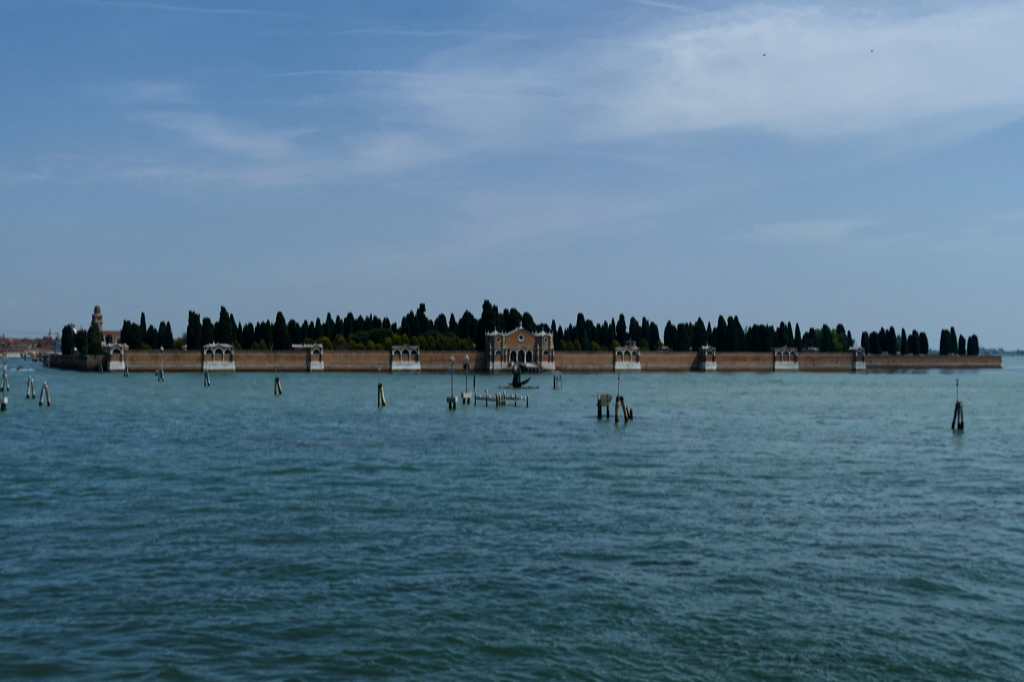
This way you strive a bit against the stream of visitors. I’ve put together a guide including many good tips to make your day trip smooth’n’fun.
Nevertheless, another valid option is to visit the three isles on an organized tour. This option is even not more expensive than going by yourself. However, you have to stick to their schedule and itinerary which can be a bit of a drag. On the other hand, you don’t have to jiggle timetables and check out routes. You just hop on a boat and leave the planning and organizing to others*:
What to Eat And Where to Sleep
Most visitors come to Burano and continue to Torcello on a day trip which is fine with regard to the few landmarks you’ll find on both islands.
Yet, spending the night on Torcello is such a special thing to do as you get to know the place in a totally different atmosphere once the throngs of visitors are gone.
Enjoy the silence.
If you’re willing to splurge, you should stay at the Locanda Cipriani. It’s a classy’n’classic accommodation located close to the Basilica. Otherwise, there is the cozy B&B at the Ca’ Torcello and the amazing Venissa Wine Resort on the Fondamenta di Santa Caterina. All three options are pricey, however, the experience of spending a night on Torcello is rather priceless.
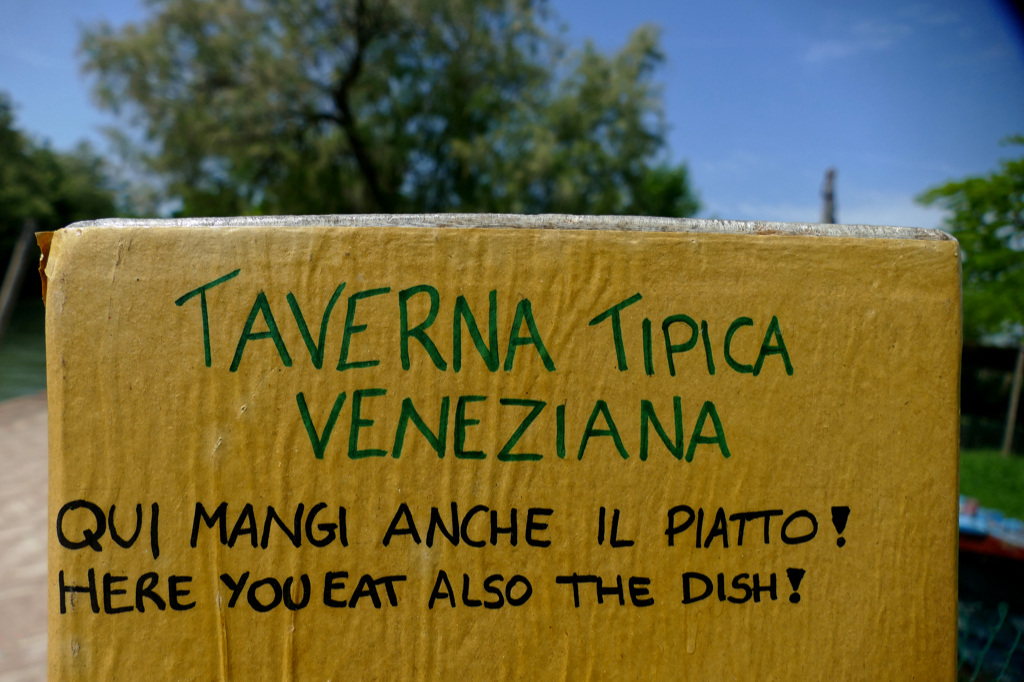
Since Torcello caters to day-trippers, there are some restaurants alongside the Strada della Rosina serving all the nice treats you also get in Venice or on the mainland. Prices are approximately like in the Centro Storico. However, the Taverna Tipica should be recommended for very good food at reasonable prices, a spacious yard, a laid-back atmosphere, and a very friendly staff.
Cash And Cards
Yes, Torcello doesn’t even have a grocery store, however, there is an ATM on Strada della Rosina 6, not far from the Devil’s Bridge.
Until now, 20 European countries replaced their former local currency with the €uro starting in 2002. Obviously, Italy is one of them. The exchange rate is 1 US$ = 0.84 EUR as of July 2025. However, you can check today’s conversion rate on this page.
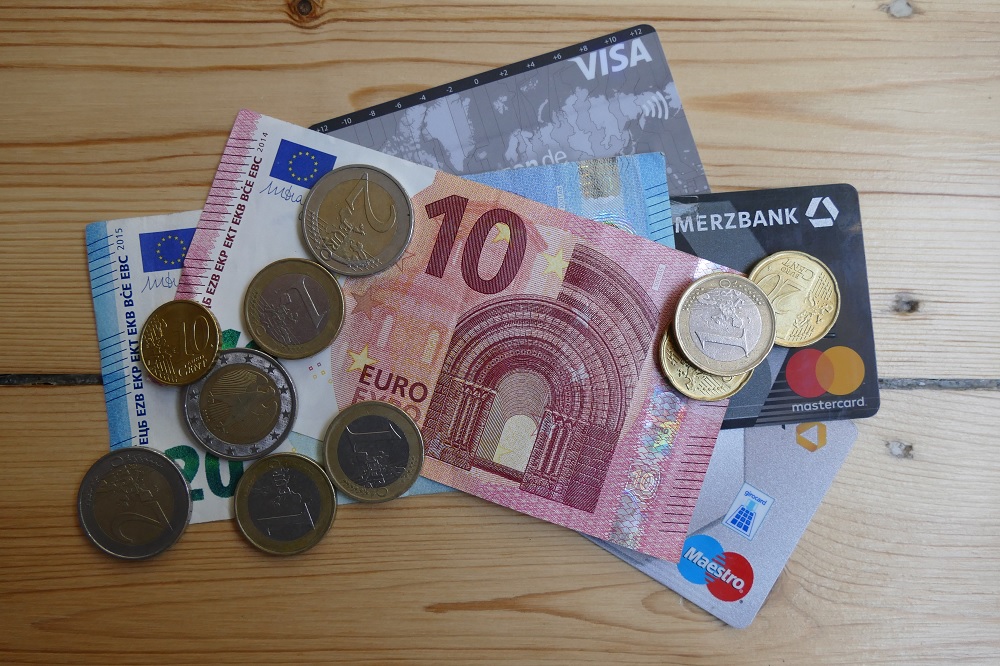
Cards are accepted basically everywhere and now, due to the pandemic, actually preferred.
Venice Entrance Fee
Yes, it’s true: In its fight against merciless over-tourism, Venice has installed an entrance fee. However, apart from countless other exemptions, you don’t have to worry about it if you are visiting the smaller islands like Murano, Burano, Torcello, and the Lido.
For more information on this, and a visit to Venice in general, go to my post VENICE on a Budget: When to Go, Where to Stay, What to Eat, And Much More.
Pinnable Pictures
If you choose to pin this post, please use one of these pictures:



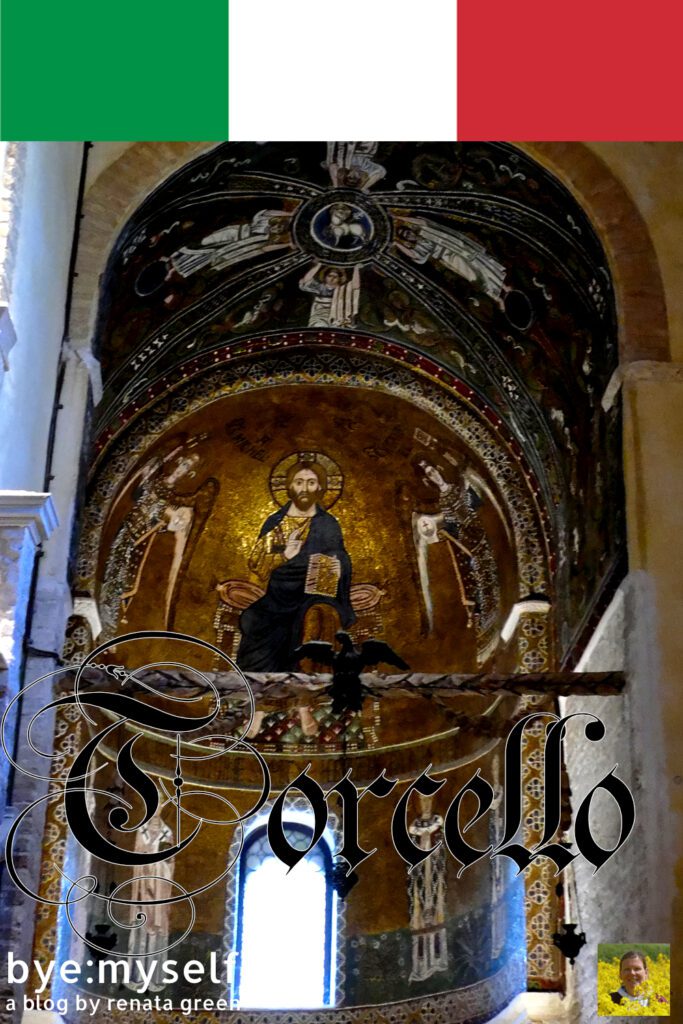

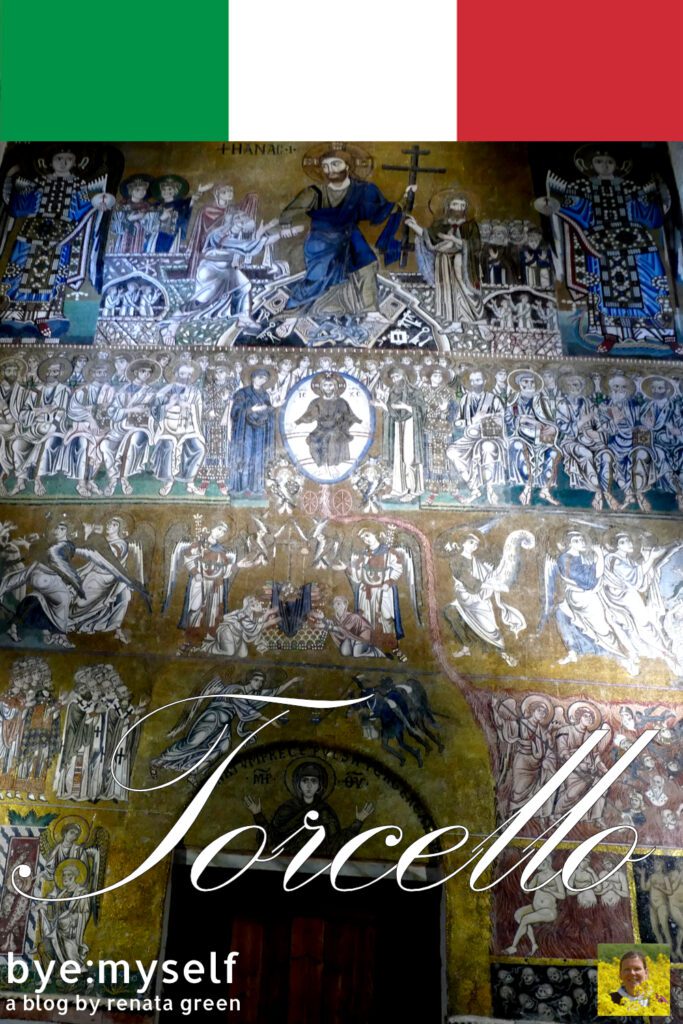
Did You Enjoy This Post? Then You Might Like Also These:
Complete Guide to COMO – a Lake to Like
Comprehensive Guide to ROME – For First-Timers, Repeat Visitors, And Eternal Admirers
How to Visit the Biennale di Arte in Venice in 2022
A Day on MURANO: It’s a Crystalline World
Best Street Art in PALERMO
One Day in CATANIA, Sicily’s Building Ground of Grand Palaces
VENICE on a Budget: When to Go, Where to Stay, What to Eat, And Much More
location location location – my adventurous accommodation choices
Note: I’m completing, editing, and updating this post regularly – last in July 2025.
* This is an affiliate link. If you book through this page, not only do you get the best deal. I also get a small commission that helps me run this blog. Thank you so much for supporting me!
